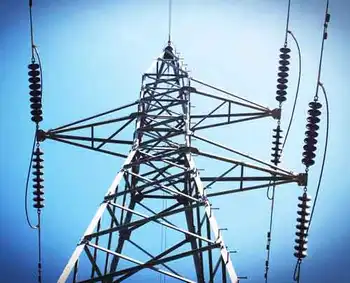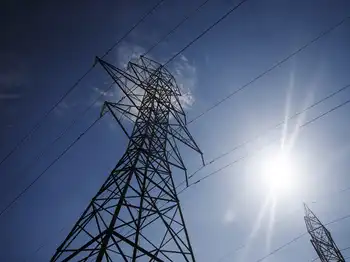Army tents plug into solar power
The U.S. Army's Natick Soldier Systems Center is working in conjunction with Iowa Thin Film Technologies to develop tents and other fabrics made with flexible solar panels that can provide up to one kilowatt of energy, enough power to run devices such as laptops and lights.
Such capabilities would ultimately make travel safer for soldiers in countries during wartime. Extra battery packs carried by troops are sometimes left behind, providing unnecessary hints to enemy forces.
The new technology utilizes photovoltaics — semiconductors that convert light into electricity — applied to thin flexible plastics.
"It's renewable power," said Lynne Samuelson, a research chemist at the center. "You can continue to harvest light and generate power and use it as you need it."
Photovoltaics are often more functional than conventional forms of energy because they are lightweight and quiet, both necessities for soldiers in the field, Ms. Samuelson said. The amount of energy capable of being generated varies directly with the surface area of the photovoltaic, ranging from smaller roll-out mats to full-scale field tents, both manufactured by Iowa Thin Film.
The company is ready to sell its Army field tents, which use PowerFilm Integrated Solar Technology and come in three designs and sizes.
Mike Coon, chief operating officer for Iowa Thin Film, said the goal from the beginning has been to make this type of equipment affordable for military and civilians alike. The tents are available for commercial purchase through Iowa Thin Film.
"The technology is complete," Mr. Coon said. "We can make this tent, no problem. We are accepting orders now, and the ongoing work will be the continued refinement of the application uses within the Army. This is not in a lab. It's here."
Until recently, this type of expansive solar technology was "a well-kept secret," Mr. Coon said. Now, the path has been paved for other practical uses, including integration into clothing and uniforms.
"It offers some definite potential in clothing applications that range from military uniforms to police uniforms to emergency aid uniforms to high-end sportswear and athletic wear," he said, adding that mock-ups of these types of uniforms have already been made.
The Navy also uses solar technology and shares a budding interest in photovoltaics to promote more light-weight, safer equipment.
The Navy has the largest photovoltaic-diesel-hybrid power system at its air station in China Lake, Calif., as well as the largest photovoltaic grid support system in Palm Springs, Calif.
"Deployed solar technology saves the Department of Defense millions of dollars per year in reduced utility costs alone," Navy spokesman Lt. Mike Kafka said.
Related News

Aging U.S. power grid threatens progress on renewables, EVs
WASHINGTON - After decades of struggle, the U.S. clean-energy business is booming, with soaring electric-car sales and fast growth in wind and solar power. That’s raising hopes for the fight against climate change.
All this progress, however, could be derailed without a massive overhaul of America’s antiquated electric infrastructure – a task some industry experts say requires more than $2 trillion. The current network of transmission wires, substations and transformers is decaying with age and underinvestment, a condition highlighted by catastrophic failures during increasingly frequent and severe weather events.
Power outages over the last six years have more than doubled in number…





